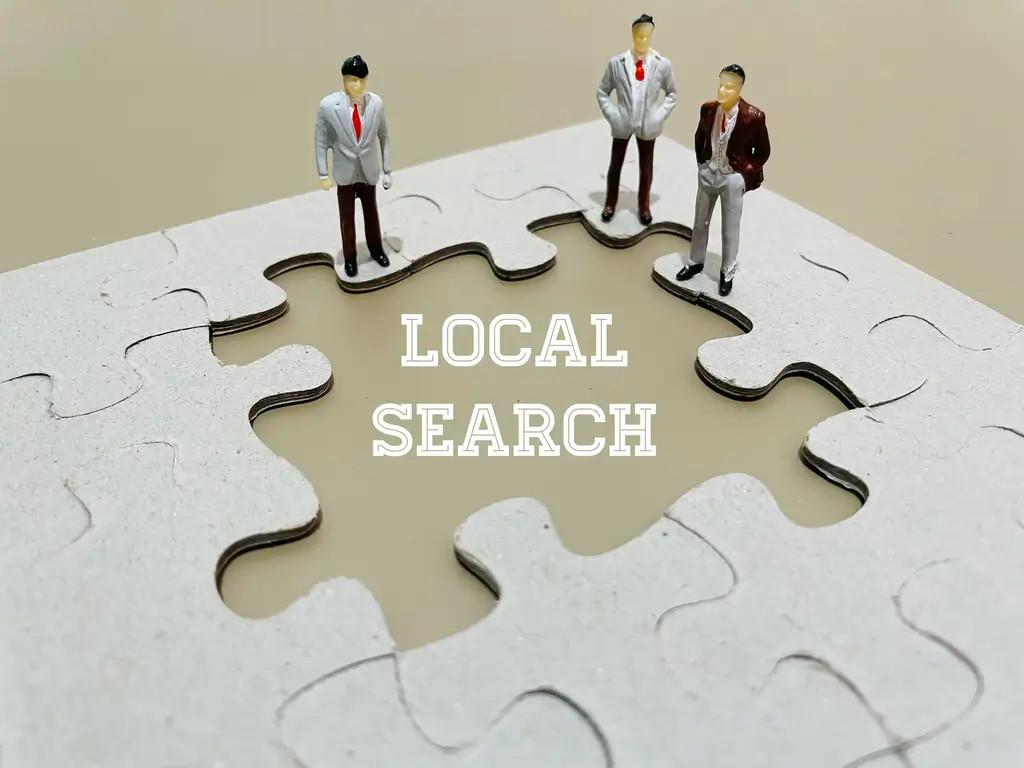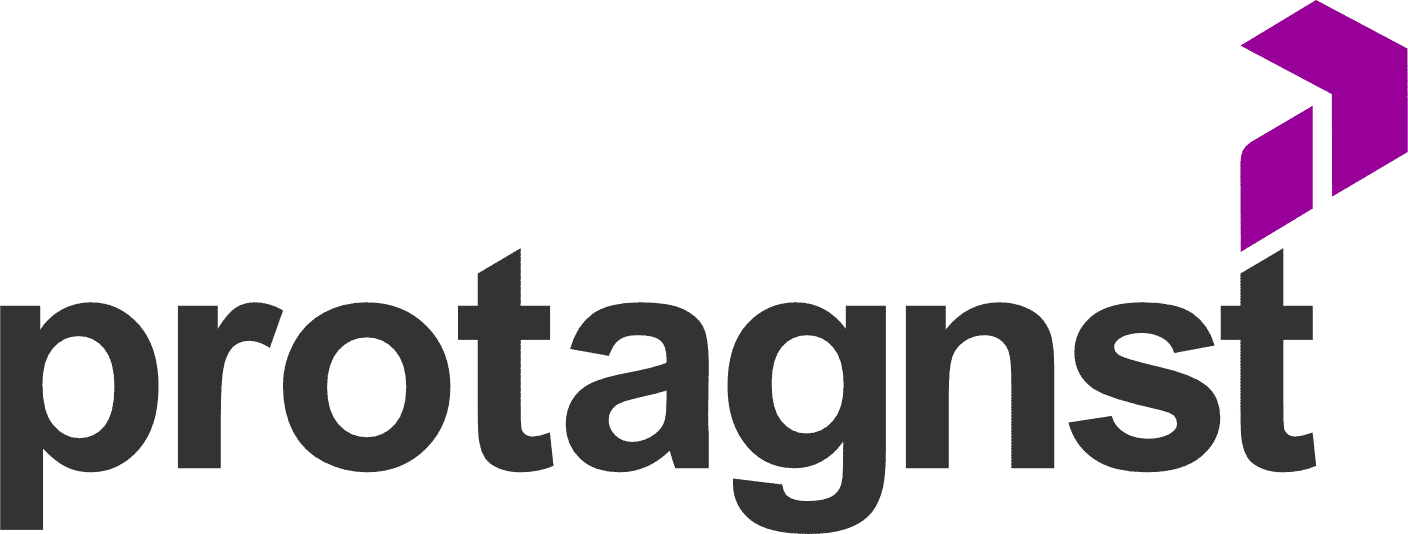Sales cycle: what it is, how to calculate it, how to reduce it – find out everything here

The sales cycle is a crucial aspect to consider in any business. After all, the time it takes to close a deal directly impacts revenue and cash flow. Therefore, having control over it is essential to ensure the financial health of your company and avoid unforeseen issues in strategic planning. In this article, we’ll break […]
Sales Objections: The Ultimate Guide to Understanding the Subject

Those who work in sales know that, day in and day out, they’ll face a lot of immediate rejections. It’s part of the job. But rejection is especially tough when you start a negotiation, it seems to be developing well, and in the end, it doesn’t materialize because the potential client backs out. When this […]
How to Sell Digital Marketing Services to Local Businesses

Understanding the Local Market When you decide to venture into the world of local business, understanding your market is crucial. It’s not just about selling more; it’s about connecting with your community. In this guide, you’ll find effective strategies to navigate the local market, leveraging consumer behavior and analyzing your competition strategically. The Importance of […]
Role playing in sales: how to achieve super results with the technique?

Letting sales teams develop quickly and gain experience is every company’s dream. To achieve this, role-playing in the corporate environment has proven to be a powerful tool. As a dynamic of role-playing and scenario interpretation, sales role-playing fulfills the role of providing this experience to employees but in a controlled environment without compromising relationships with […]
23 ways to upsell and cross-sell without the hassle

**Upselling** and **cross-selling** are two terms that we don’t come across very often in our daily lives. However, those who work in sales certainly have upselling and cross-selling as goals in a negotiation. After all, they are two ways to increase revenue. In simple language, upselling and cross-selling are ways to increase the value of […]
The Best Thoughtful Phrases to Inspire Your Sales

Sales Wisdom: Unlocking Success with Powerful Reflections Hey there, sales pros and curious minds! Welcome to our blog. Today, we’re diving deep into the ocean of powerful reflections that can totally transform your business perspective. You heard that right! These reflections have the power to ignite a spark in your mind, one that can illuminate […]
High performance in sales: strategies to achieve success

Discover the Essential Strategies for Achieving High Sales Performance. Learn how to optimize your sales process, identify opportunities, and close deals efficiently. Get ready to become a true B2B sales champion. Achieve extraordinary results! High Sales Performance: Improving your B2B Sales Performance Are you looking for ways to improve your sales performance and achieve exceptional […]
Online consultants to boost your business

In the business world, success is often in the hands of true heroes who, like a nautical compass, guide us through the vast ocean of business decisions. These heroes, also known as Online Consultants, work tirelessly to help companies overcome challenges and achieve their goals. Like a lighthouse in the middle of a storm, they […]
How to Respond to “It’s Expensive”? Practical Guide

How to Turn the “It’s Too Expensive” Objection into a Sales Opportunity: Effective Strategies for Successful Negotiations When a customer says “it’s too expensive,” it’s common for salespeople to feel a knot in their stomachs. However, this objection can be transformed into a valuable opportunity to boost your sales. First, it’s crucial to understand that […]
Sales Ops: The Secret Weapon for Boosting Your Sales Performance

In a world where efficiency and strategy are paramount to an organization’s success, Sales Ops has taken center stage. Far more than a simple administrative function, Sales Operations has become a strategic engine that optimizes sales operations, enabling sales teams to be more effective and focused. If you’ve ever wondered how to improve your sales […]

